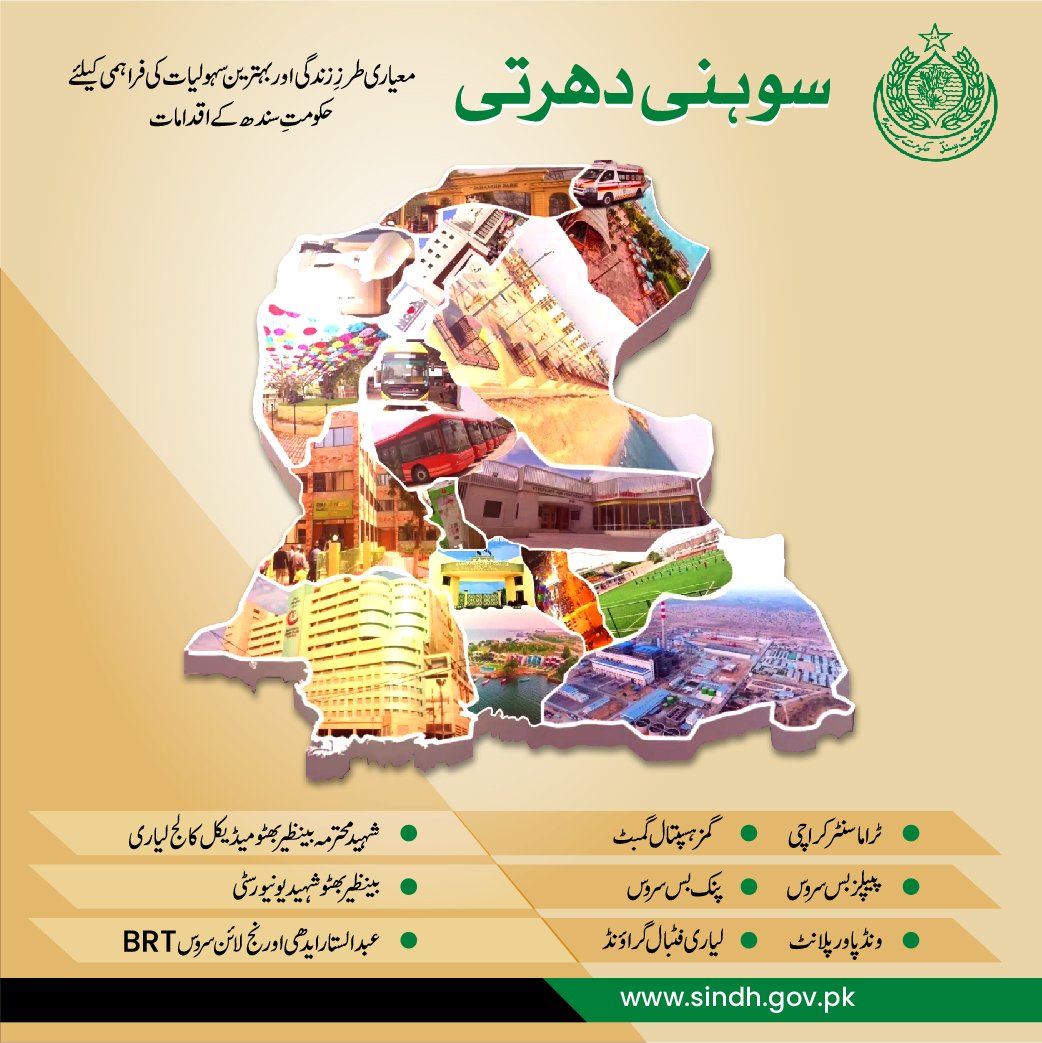More than 20 people have been killed in rain-related incidents in the north Indian state of Himachal Pradesh in the last 24 hours, a top official said.
Chief Minister Sukhvinder Singh Sukhu said heavy rains have triggered landslides and flash floods in the hilly state.
Earlier on Monday, a temple was destroyed by a landslide in Shimla town.
Mr. Sukhu tweeted that nine bodies have been recovered from the scene.
Distressing news has emerged from Shimla, where the “Shiv Mandir” at Summer Hill collapsed as a result of the heavy rainfall.
— Sukhvinder Singh Sukhu (@SukhuSukhvinder) August 14, 2023
As of now, nine bodies have been retrieved. The local administration is diligently working to clear the debris in order to rescue individuals who may…
He also tweeted about the floods and cloudbursts in other parts of the state, which killed 14 people.
Thousands of tourists visit the hill state of Himachal Pradesh, especially its capital Shimla, throughout the year to enjoy the cool weather and picturesque scenery.
But the state has been experiencing heavy monsoon rains, leading to further damage from floods, landslides and cloudbursts.
In videos shared on social media over the past few days, vehicles and buildings are swept into rivers, trees fall on cars and tourists are stranded due to road closures.
Mr. Sukhu has appealed to people to stay indoors and not go near rivers.
The neighboring state of Uttarakhand has also been receiving continuous rain for the past two days. The hill state is home to many revered Hindu shrines and sees a large number of tourists throughout the year.
On Monday, officials said the Char Dham Yatra – a pilgrimage to the four holiest places for Hindus in the state – has been suspended for two days due to rain.
Videos shared on social media showed huge boulders blocking the way to the Kedarnath temple, which is part of the yatra.
Environmentalists have often expressed concern over infrastructure changes in India’s Himalayan states to accommodate the influx of tourists. They say it could spell disaster in these ecologically fragile regions, especially when combined with extreme weather events.




